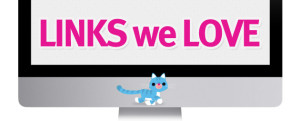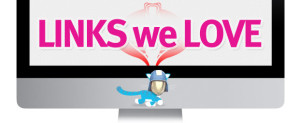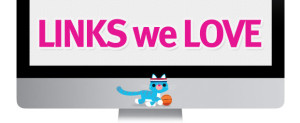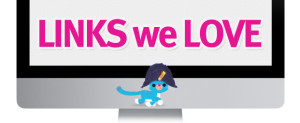So, what do you think of when I say the word 'tribe'? Personally, my mind goes to a very dark place. First to hasty tattoos, then to Survivor, then to cast members of Survivor, covered in tribal tattoos, trying desperately to get more screen-time — by exposing their tattoos. A very dark place indeed. Hopefully you are far more mature than I am, and your first thoughts were, "Oh, tribes! Like communities, right?" Right! More specifically, we're going to discuss tribes in regards to online communities. Waaaay back in March, a bunch of research came out about the emergence of "Twitter Tribes". Basically, they're tightly-knit communities, forming on the social network, who shared specific interests and language. Language being the main identifier because, well, it's Twitter, not Instagram. But, why should we care about online tribes?
Other than the obvious reasons, like finding others who shared our obsession with Justin Bieber, we should care about tribes because of what they can teach us about creating, growing, and managing our own online communities. Brand visibility on social networks like Facebook is dictated by the ability to engage one's online community. When we talk about increasing Page Likes, gaining Twitter followers, and making job posts go viral, we are talking about online communities. That's where the Likes, Follows and Shares are coming from. Tribes are communities on steroids! Okay, not really. They are actually smaller than regular communities and would be more likely to spend time on bodybuilding.com forums, than actually pumping iron. Yet, they are very socially active communities. Tribes share, Like, and retweet stuff like crazy, which is what you want people to do with your content, and more specifically, with your job posts. So what can we learn from tribes? Words Matter
Online tribes use specific language. Sometimes it is very silly, like 'chillin', and sometimes it's not even recognizable as language, like '<33' (see Beiber Twitter Tribes for more examples). But no matter the specifics, what's important is that the language is shared, and that it is consistent. The takeaway: Use specific, consistent language when posting content and interacting with your online community. Choose words that represent your employer brand and fit with your company culture. This will encourage your online community to do the same, ensuring consistency, and helping define your online brand. Don't Have an Identity Crisis
Part of what makes using specific language so important to online tribes is that it acts as an identifier. Identifying as part of a group is important to people at a very base level. It's why we seek out community to begin with. Tribes use language, repeated themes, and naming to craft strong group identity. The takeaway: Create an identity for your online community. Name your community. For example: Bronies. These are adult male fans of the animated series My Little Pony. They are an extremely active online community, so instead of judging, we should learn from them. And then judge. Identification via naming is also important for content and events. Use the language you've created to help determine what to name your community events and use consistent naming for types of content. We've named our Wednesday blog posts "Link Love", so they are instantly recognizable to our community. Get Cultured
Tribes have their very own culture. The way tribe members interact with each other and conduct themselves is dictated by that culture. Shared values, behaviors and interests, as well as language, make up a tribe's cultural identity. And, as mentioned above, it is that identity that binds a tribe together, thus distinguishing them from regular online communities. The takeaway: Understand what your online community's culture is and let that understanding help shape your content and interactions. By keeping tabs on how your community members interact, what they share, and what they Like, you can determine their values and interests. Which allows you to tailor your own content to stay in sync with your community's culture. Encourage and celebrate that culture with your content, your comments, and even the occasional reward (like a promotion or contest). Tribes form naturally amongst humans. You really can't force your Fans and Followers to become a tribe, but you can interact with them in ways that promote more tribe-like behaviors. Just remember, language, identity, and culture. And Bronies, remember to Google Bronies.
Read More







